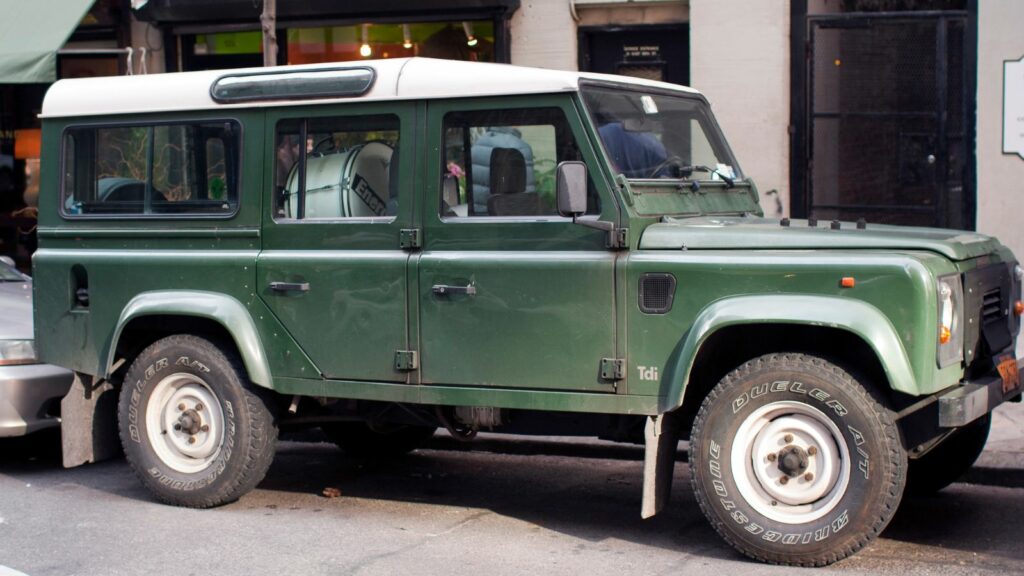Not every car is allowed to be sold or registered everywhere. While some models become global icons, others run afoul of safety laws, emissions standards, or trade barriers that keep them out of entire regions. In the United States, strict federal crash testing and environmental regulations have banned some of the most legendary vehicles ever made. Canada has also locked out certain models, often with slightly different rules, while other countries with tough safety and emissions laws—such as Australia or Japan—have their own restricted lists. Ironically, many of the banned cars are the ones enthusiasts lust after most. Here are ten cars that were banned in the U.S., Canada, and beyond, and the reasons they became forbidden fruit.
Nissan Skyline GT R R34
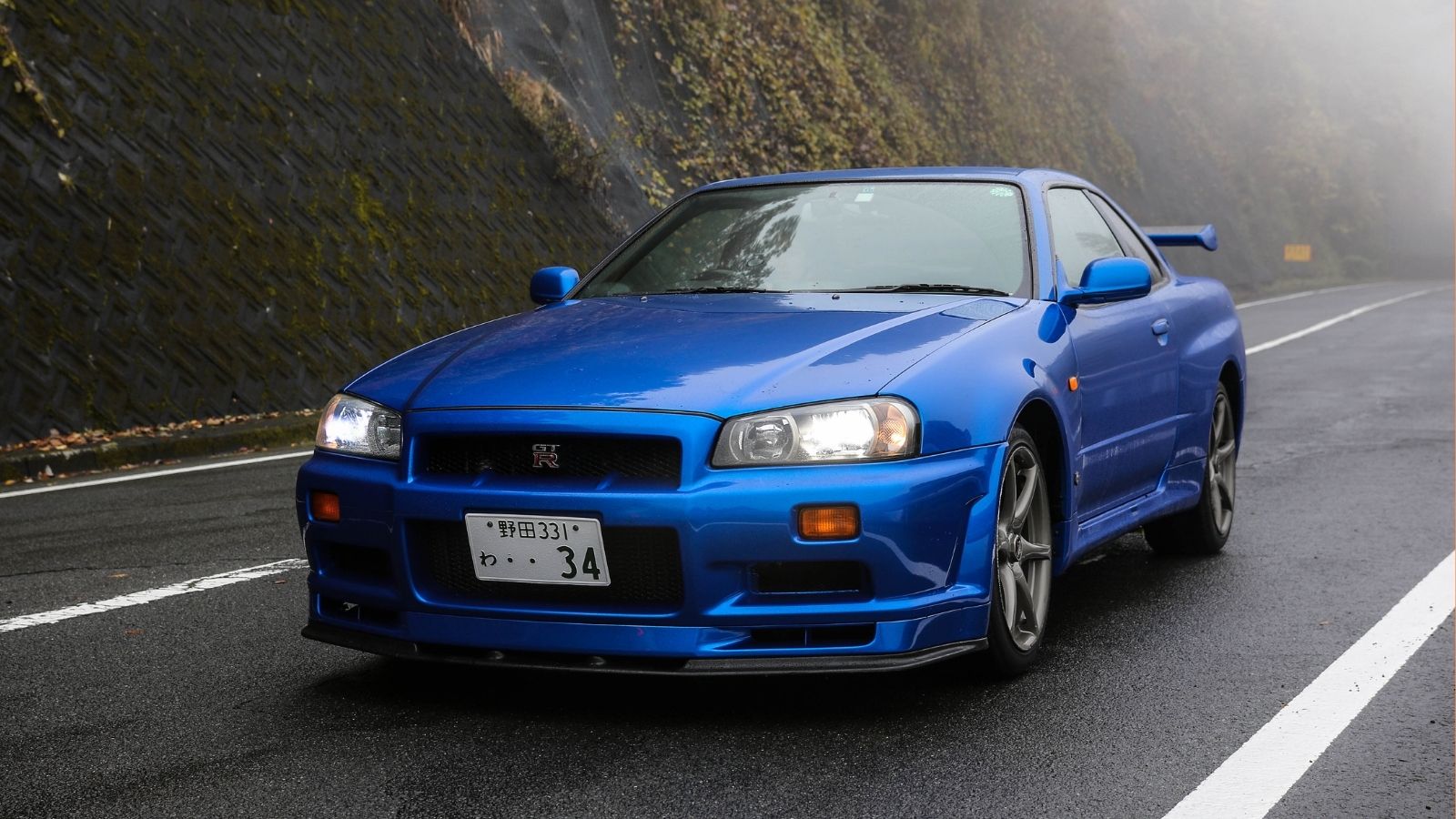
The R34 Skyline GT R is arguably the most famous banned car in North America. Built between 1999 and 2002, it delivered supercar performance with all wheel drive, a twin turbo inline six, and technology like the ATTESA torque split system. The problem? It was never engineered to meet U.S. crash testing and emissions standards, and the “25 year import rule” made it illegal to register until 2024 at the earliest. In Canada, the 15 year rule allowed them in earlier, but for years the R34 was still seized at the border. Customs and Border Protection even crushed several that were smuggled in under false paperwork. The irony is that its outlaw reputation only fueled demand, turning it into one of the most coveted Japanese performance cars of all time.
Land Rover Defender (Pre 1997)
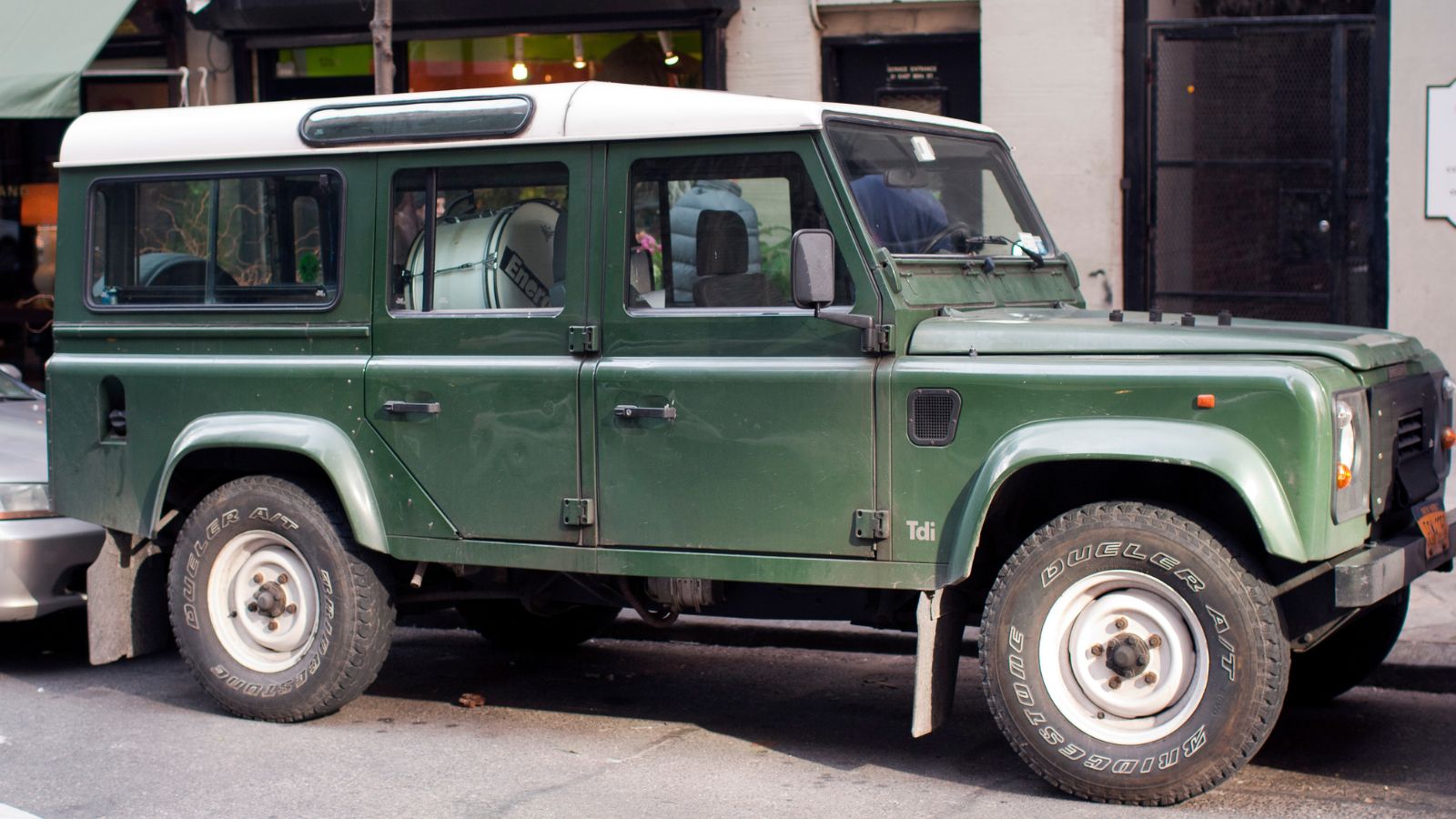
The classic Land Rover Defender is beloved around the world for its rugged simplicity and off road prowess, but the U.S. banned pre 1997 models because they lacked airbags and failed federal crash standards. Canada allowed some through under the 15 year import exemption, but provinces such as Quebec and British Columbia later restricted right hand drive versions, citing safety concerns in city traffic. The ban led to bizarre stories of U.S. customs officers seizing and destroying illegally imported Defenders, some of which had been disguised as newer models with VIN swaps. In other parts of the world, the Defender never went away, making its absence in North America all the more frustrating.
Porsche 959
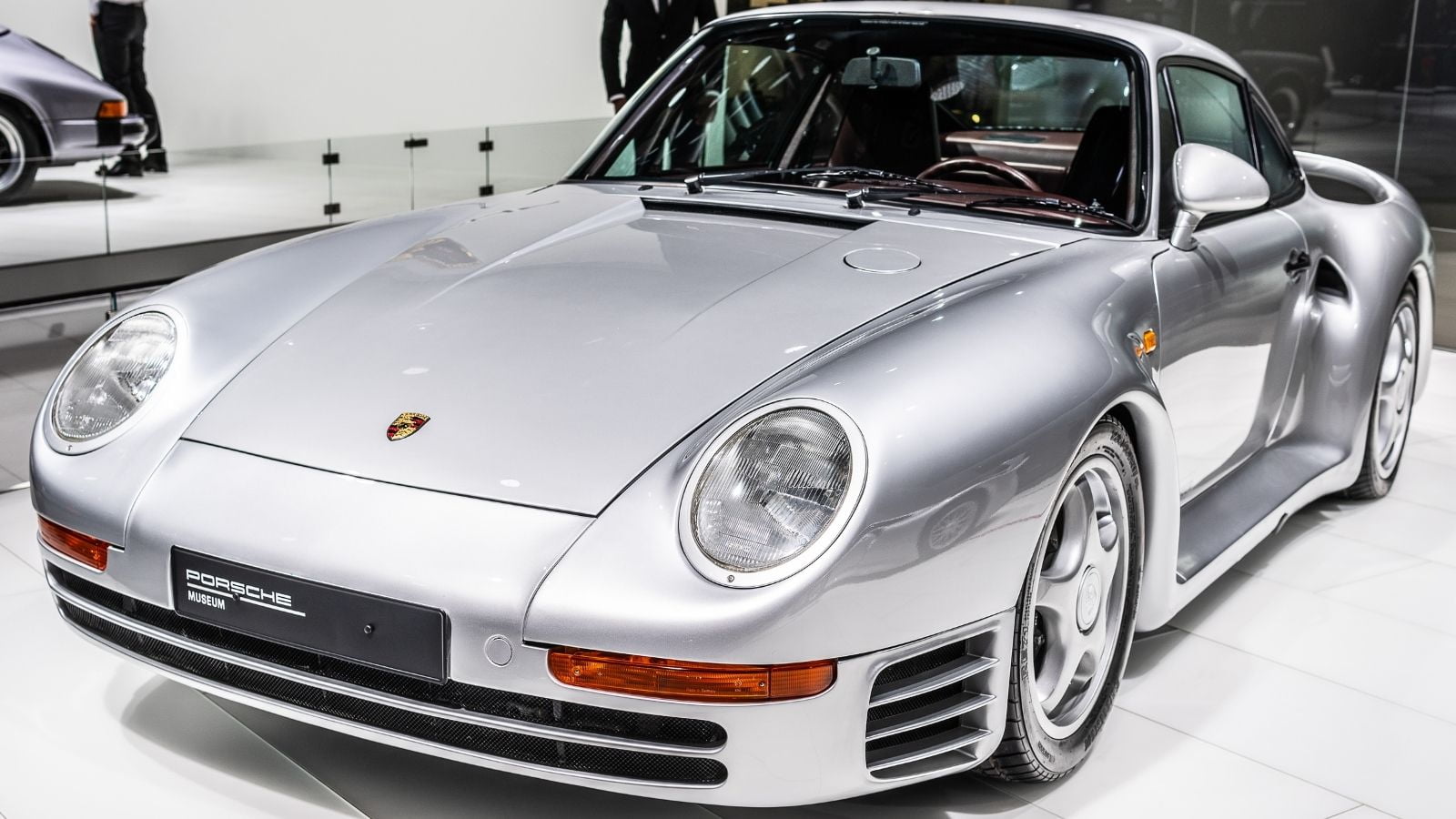
When Porsche built the 959 in the mid 1980s, it was the most advanced car on Earth, featuring twin turbocharging, all wheel drive, and technology that trickled down to future 911s. Unfortunately, it was too advanced for U.S. regulations at the time. It lacked the crash testing certification and emissions compliance necessary for import, leading to a blanket ban. Even wealthy buyers like Bill Gates and Paul Allen had their 959s impounded for years. Only in 1999, under the “Show and Display” law, were certain 959s allowed on the road with strict mileage limits. In Canada, similar restrictions kept it out until it passed the 15 year mark. Its long exile cemented its legend as the forbidden supercar.
Smart Crossblade
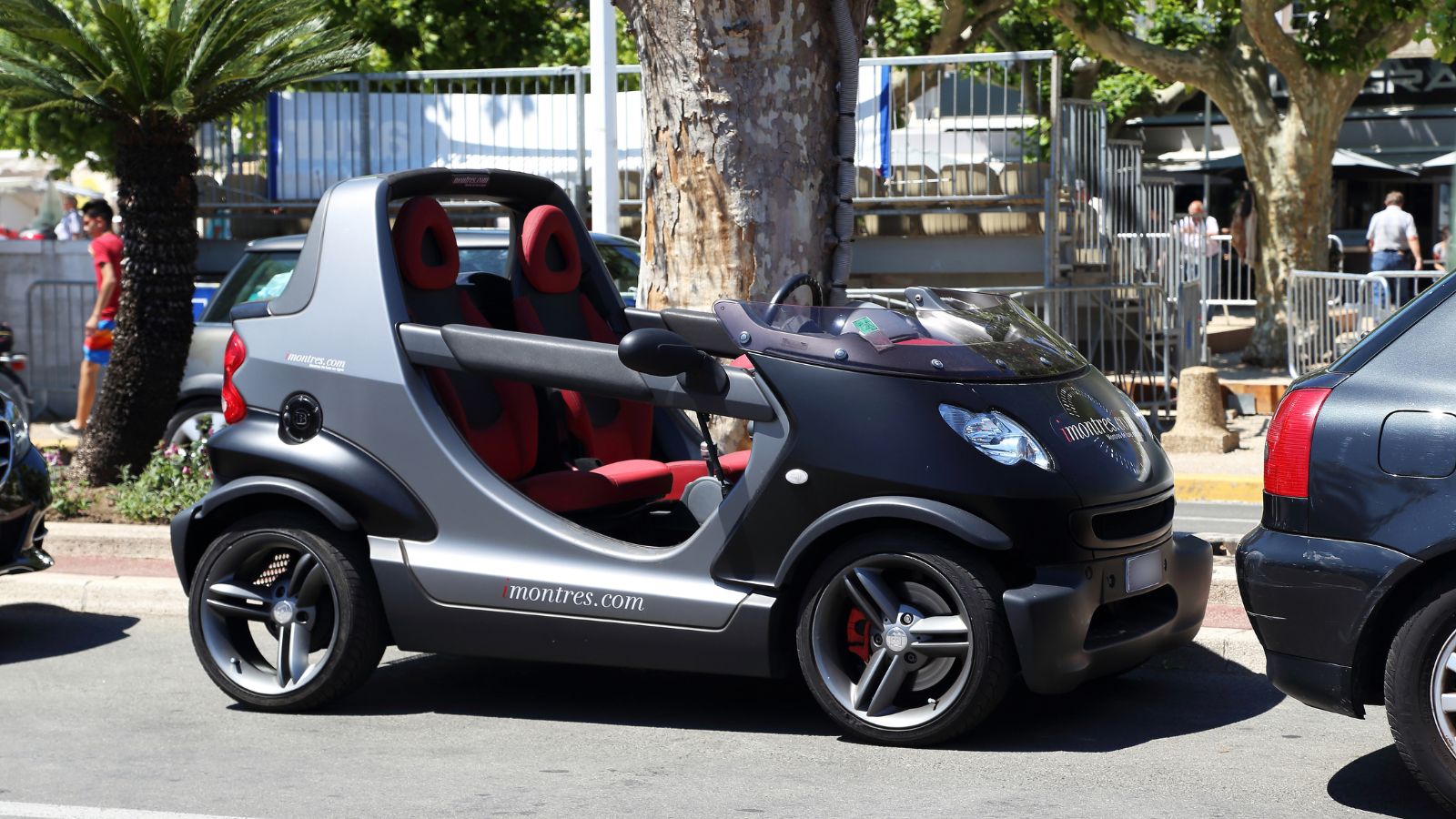
The Smart Crossblade was perhaps one of the strangest vehicles of the early 2000s—a roofless, doorless, windshield optional version of the Smart Fortwo. Designed for sunny European coastlines, it was never intended for North America, where regulators deemed it hopelessly unsafe. Without airbags, side impact protection, or even weather protection, it could not possibly pass U.S. or Canadian crash standards. Other countries with strict safety laws, such as Australia, also refused to certify it. While quirky and fun in theory, it became a poster child for why not every European oddball belongs on Canadian or American highways.
Alfa Romeo 155 Q4
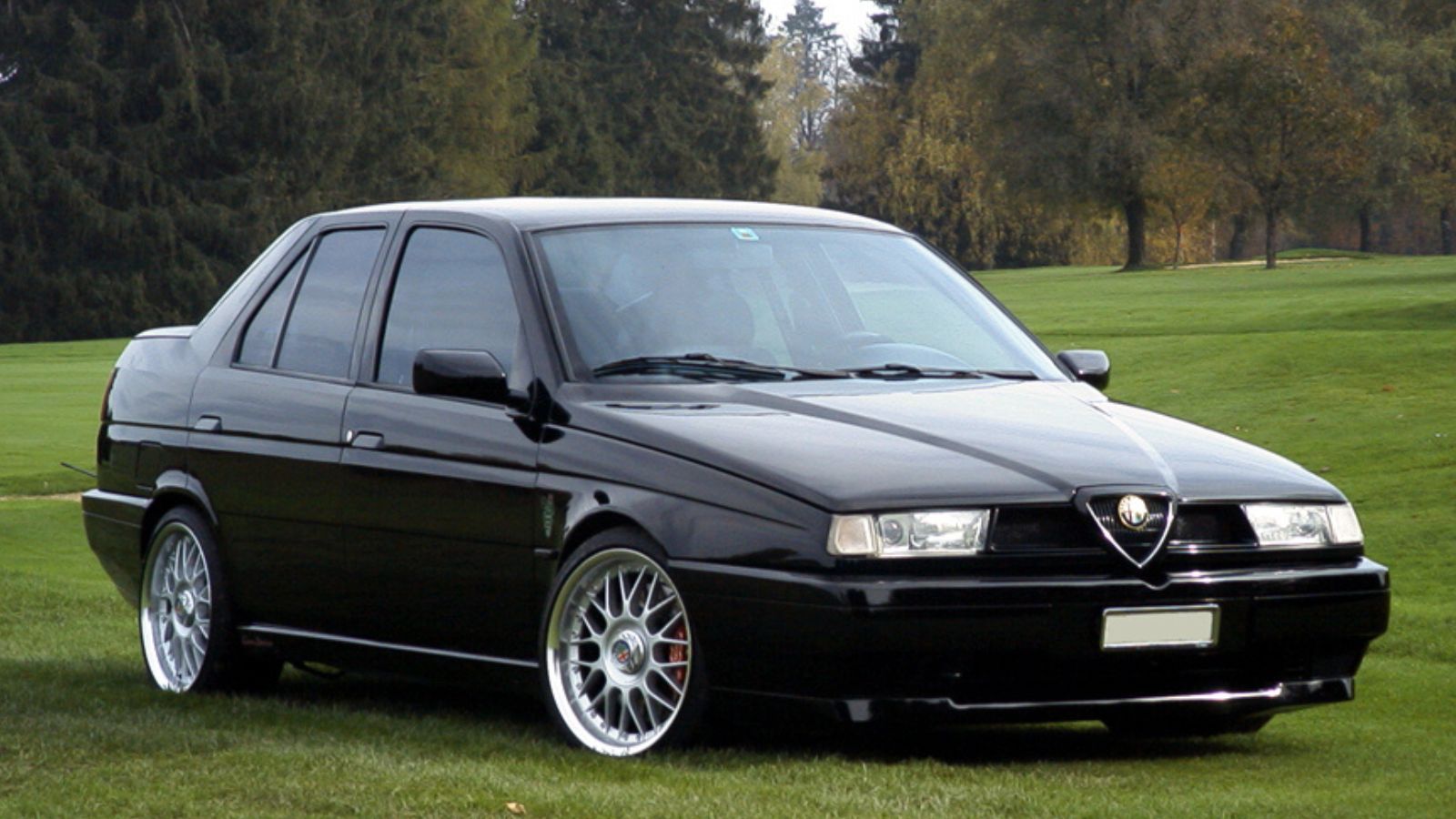
The Alfa Romeo 155 Q4 was a performance sedan that used Lancia Delta Integrale running gear, giving it all wheel drive and turbocharged power. In Europe, it became a cult favorite, but North American enthusiasts were left out. The car failed to meet U.S. crash and emissions rules, so Alfa never sold it here, and imports were banned during its production years. Canada followed suit, only opening the door when its 15 year import rule kicked in. Today, it is finally legal to own, but back in the 1990s it was another Italian sedan that Americans and Canadians could only dream about.
Toyota Hilux
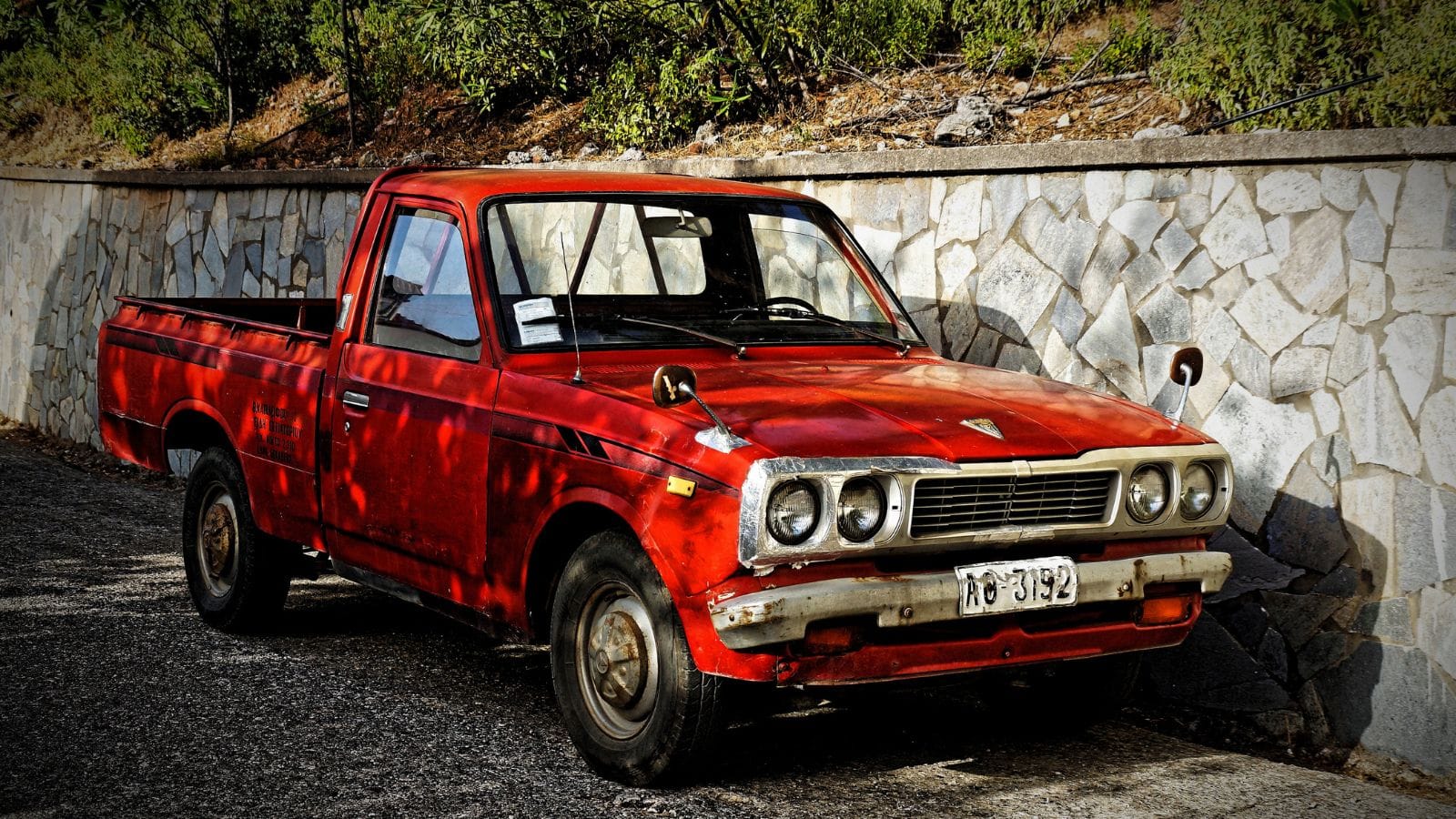
The Toyota Hilux is legendary for its durability, made famous worldwide for surviving extreme abuse on farms, construction sites, and even by military forces. Yet in the U.S. and Canada, the Hilux has been effectively banned since the 1970s. The culprit is twofold: emissions standards that the global Hilux did not meet, and the infamous “chicken tax,” a 25 percent tariff on imported light trucks. Toyota responded by creating the Tacoma specifically for North America, but enthusiasts often note that the global Hilux remains tougher and more capable. Ironically, while you can find Hiluxes on every continent, in the U.S. and Canada they remain forbidden.
TVR Sagaris
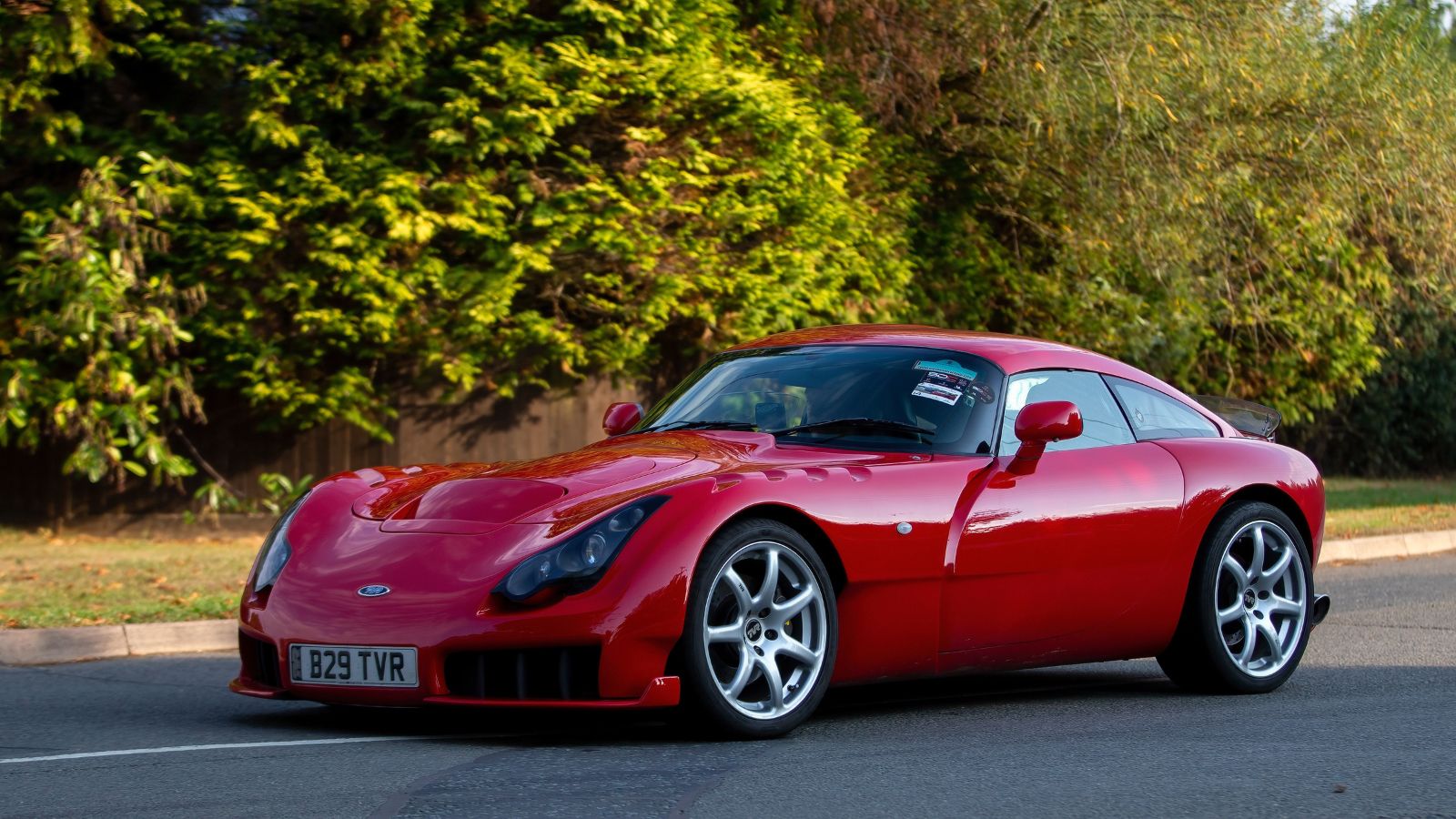
TVR is a British brand known for wild designs and raw driving experiences, but its Sagaris coupe from the mid 2000s was too raw for regulators. With no airbags, no electronic stability control, and emissions that did not meet North American rules, it was banned in both the U.S. and Canada. Other countries with strict safety regimes, including Australia, also barred it. While enthusiasts loved its outrageous looks and screaming straight six engine, the Sagaris was another reminder that safety rules often kill the most exciting cars before they can reach our shores.
Bugatti EB110
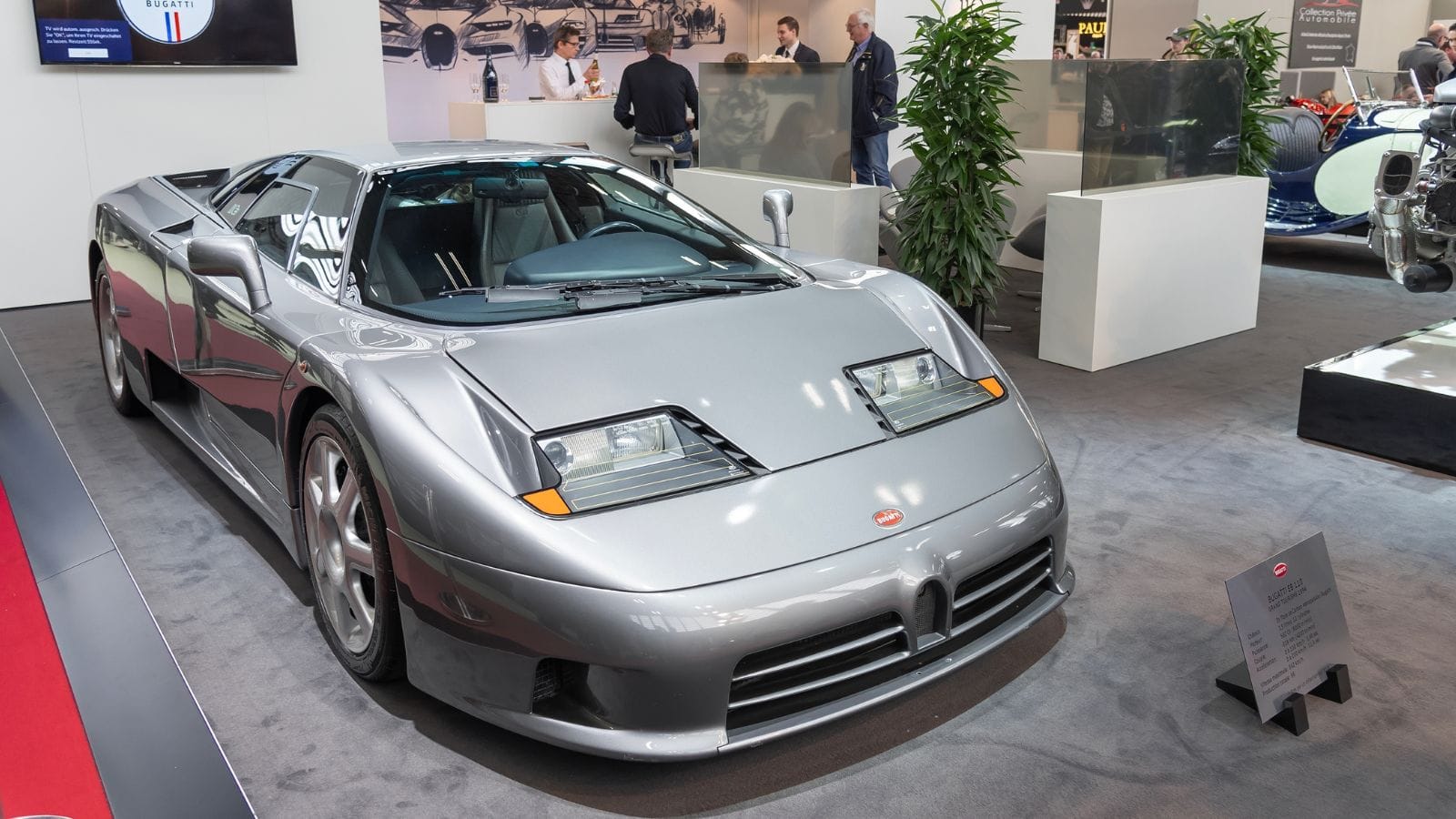
The Bugatti EB110 was one of the fastest cars of the early 1990s, boasting quad turbochargers, a V12, and a top speed over 200 mph. Despite its performance, it was banned from U.S. roads because it did not meet emissions requirements or crash standards. Only a few made it in later under “Show and Display” exemptions. Canada also barred the EB110 during its production years, keeping one of the most important supercars of its era out of the hands of North American buyers. For collectors, its scarcity only added to its mystique.
Ford Escort RS Cosworth
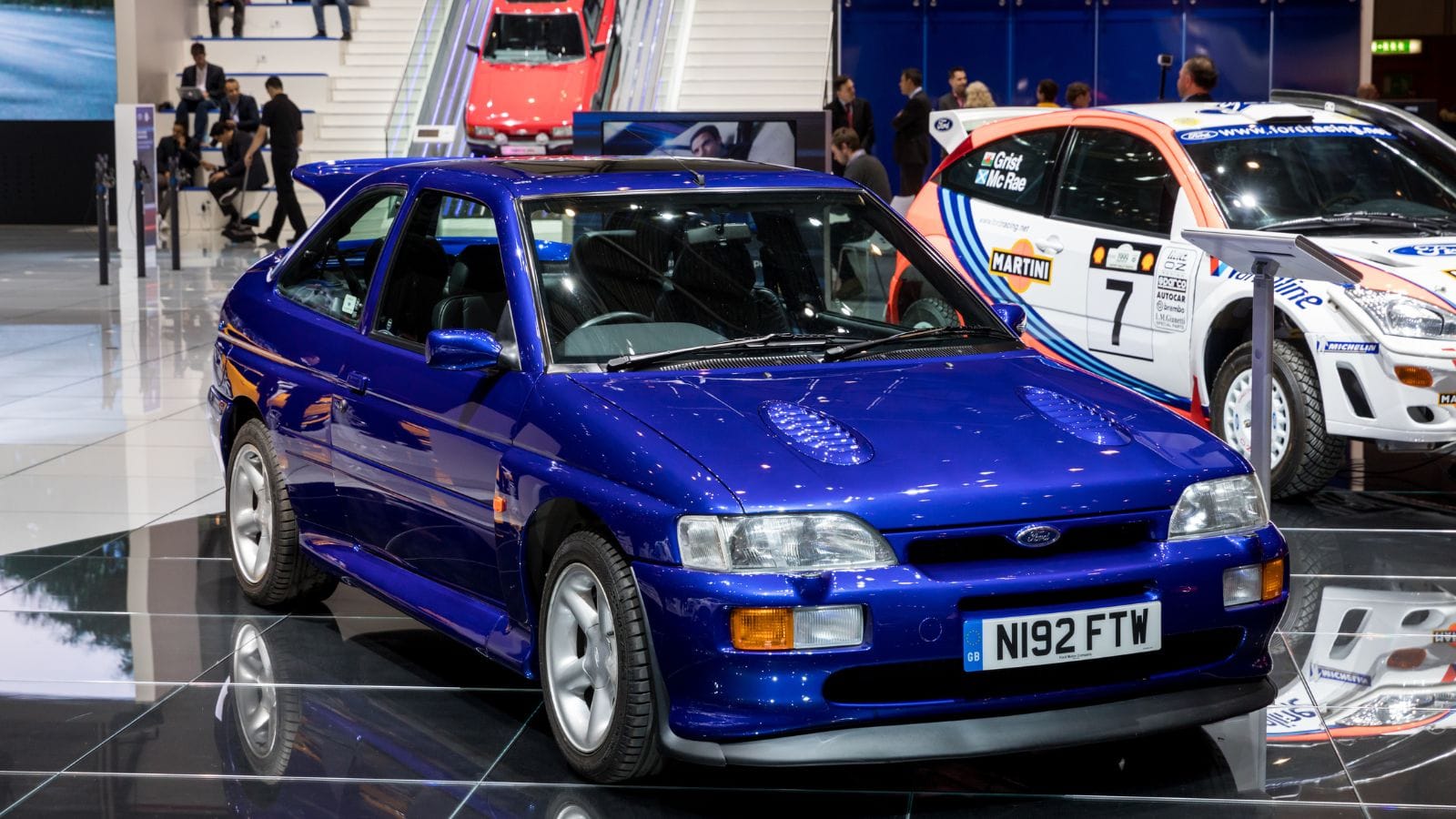
The Ford Escort RS Cosworth was built for rally homologation, with turbocharged power, all wheel drive, and one of the most iconic wings in history. Yet in the 1990s, the U.S. and Canada both banned it due to emissions and crash regulations. Even Japan, despite being a car enthusiast’s paradise, restricted its sale during its prime because of strict homologation rules. Only in recent years have these cars begun trickling into the U.S. and Canada under the 25 and 15 year rules, but by then the golden era of Group A rallying was long past.
Lotus Elise Series 1
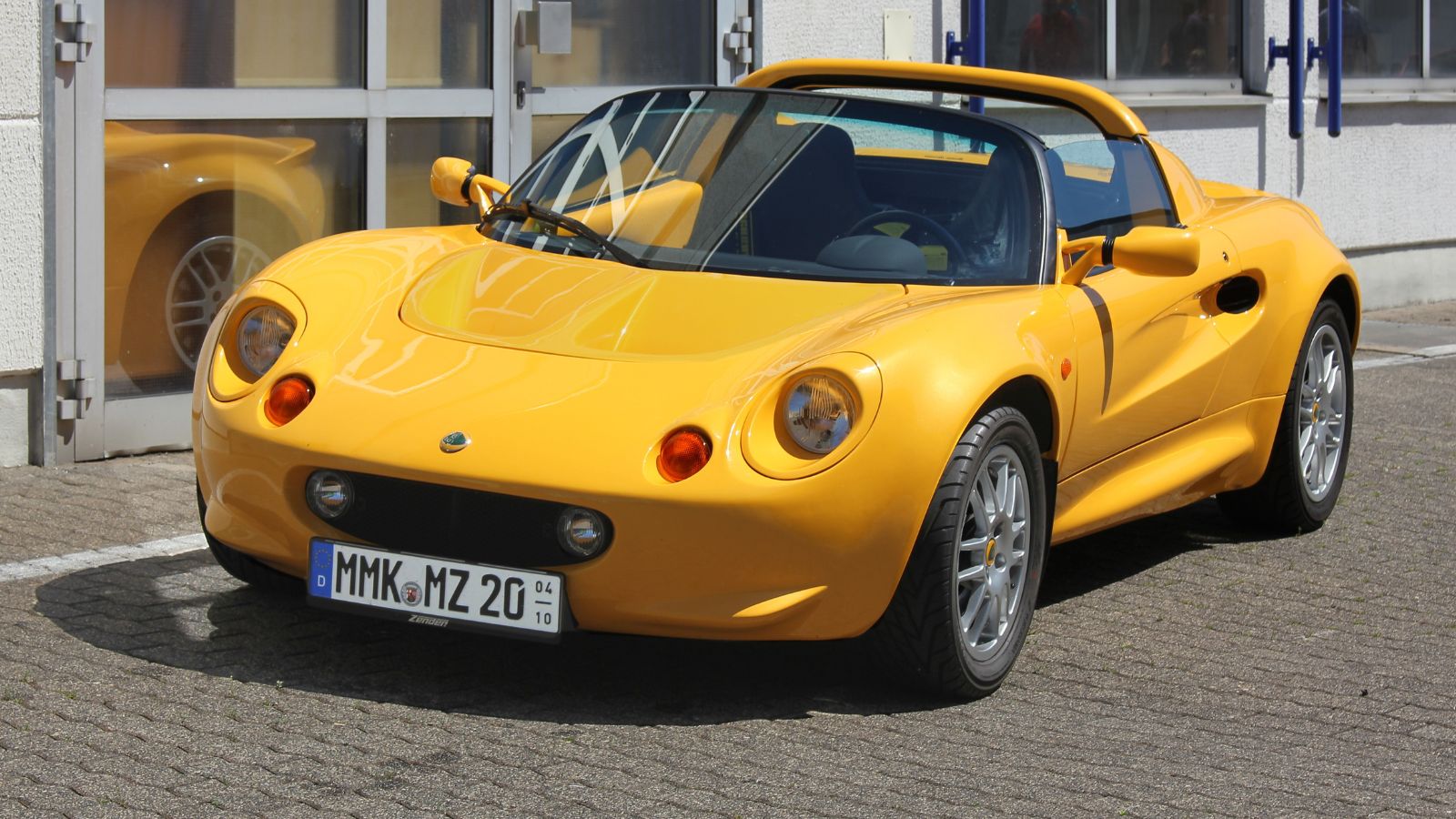
The first generation Lotus Elise, launched in 1996, was a pure driver’s car lightweight, agile, and stripped down for performance. But that purity came at a price. Without airbags, side impact beams, or emissions compliance for North America, it was banned outright in both the U.S. and Canada. Later versions of the Elise were modified to comply, but the original Series 1 remained forbidden fruit. Enthusiasts still call it one of the greatest modern driver’s cars they never had the chance to buy when new.
The Bigger Picture
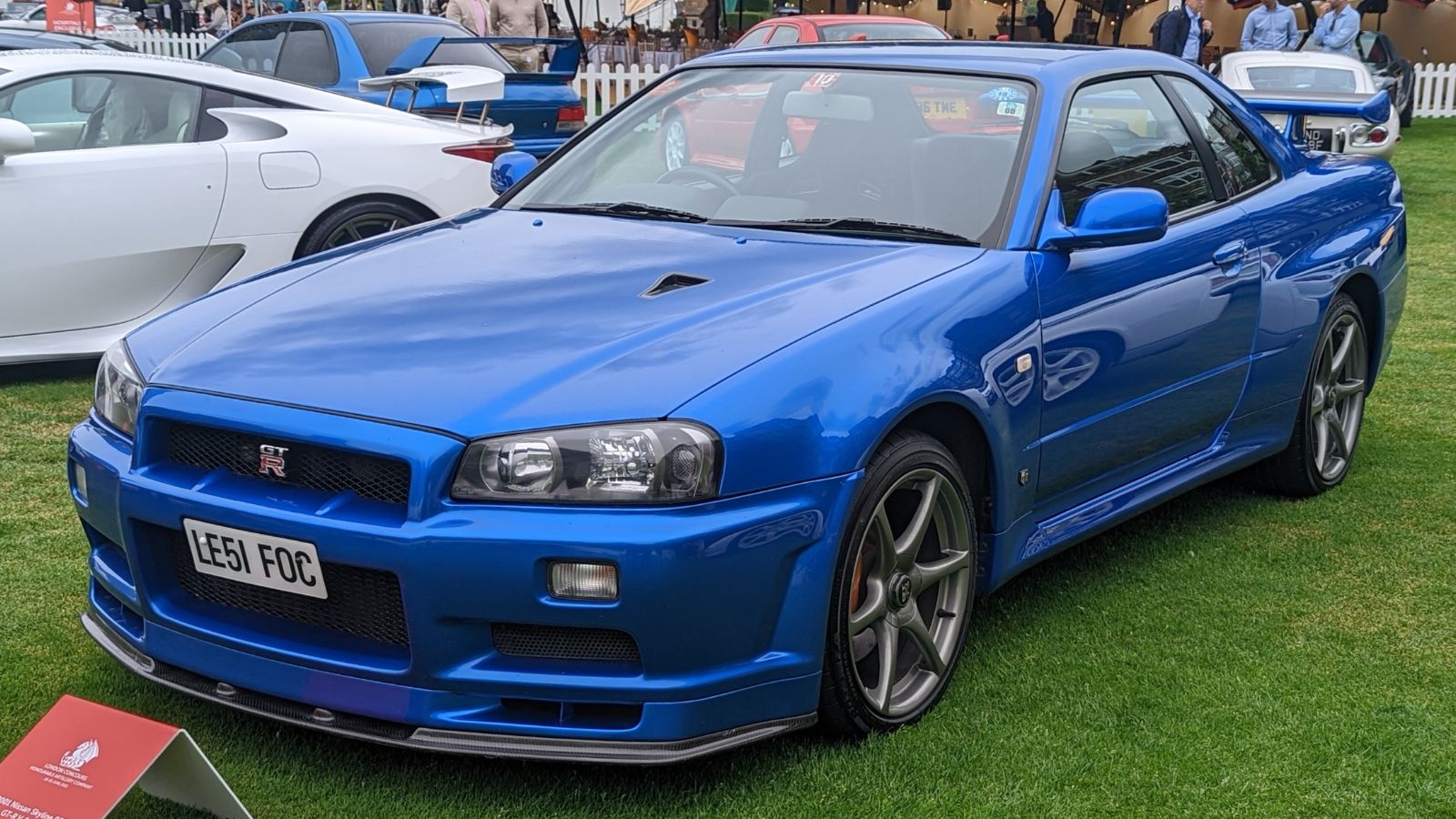
The story of these ten cars reveals how global regulations shape what drivers can and cannot own. Safety standards, emissions rules, and trade tariffs often decide the fate of models that might otherwise have been enthusiast favorites in North America. While some eventually become legal under import exemption rules 25 years in the U.S., 15 years in Canada others remain permanently out of reach. For enthusiasts, the bans only add to the mystique. Cars like the R34 Skyline and Porsche 959 may have been outlawed, but that outlaw status is part of what makes them so legendary today.
25 Facts About Car Loans That Most Drivers Don’t Realize

Car loans are one of the most common ways people fund car purchases. Like any other kind of loan, car loans can have certain features that can be regarded as an advantage or a disadvantage to the borrower. Understanding all essential facts about car loans and how they work to ensure that you get the best deal for your financial situation is essential. Here are 25 shocking facts about car loans that most drivers don’t realize:
25 Facts About Car Loans That Most Drivers Don’t Realize
